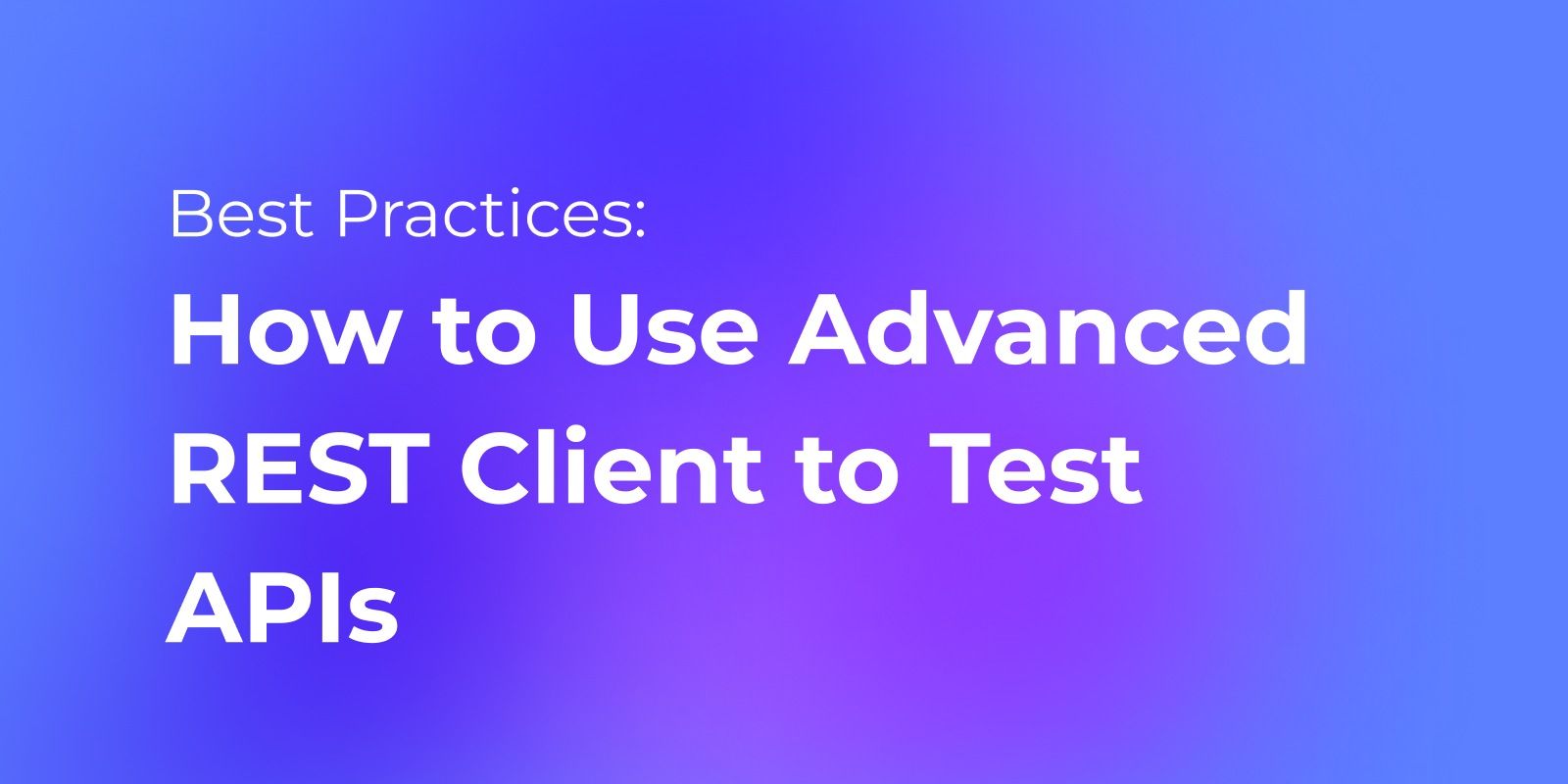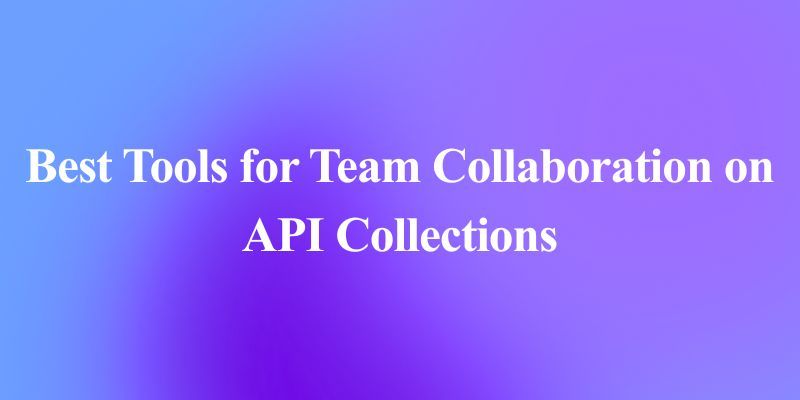HTTPie is a popular command-line tool for making HTTP requests and interacting with APIs. It has a simple and intuitive syntax, supports JSON and forms, and provides colorized output and persistent sessions. However, HTTPie is not the only tool of its kind.
There are many other alternatives that offer different features, advantages, and drawbacks. In this blog post, we will explore the top 8 HTTPie alternatives for API testing and development, and compare them based on their functionality, usability, and compatibility. Let’s get started!
1. Apidog
Apidog is a web-based tool for testing and debugging APIs. It allows you to make HTTP requests and view the responses in a user-friendly interface. You can also save, share, and organize your requests in collections, and use variables, authentication, headers, and other options to customize your requests. Apidog supports all HTTP methods, including GET, POST, PUT, PATCH, DELETE, and more. You can also use apidog to generate code snippets in various languages, such as Python, JavaScript, Ruby, PHP, and more.

The Key Features of Apidog
Httpie is a great tool, but it has some limitations that apidog can overcome. Here are some of the reasons why you should use apidog instead of httpie:
- Apidog has a graphical user interface (GUI) that makes it easier to create, edit, and view your requests and responses. You don’t have to type long and complex commands in the terminal, and you can see the results in a clear and structured way. You can also switch between different formats, such as JSON, XML, HTML, and more, and use syntax highlighting, prettifying, and folding to improve readability.
- Apidog lets you save and share your requests in collections. You can create multiple collections for different projects, environments, or purposes, and access them anytime from any device. You can also export and import your collections as JSON files, or share them with others via URLs. This way, you can reuse your requests, collaborate with your team, or showcase your work to others.
- Apidog allows you to use variables in your requests. You can define global, collection, or request-level variables, and use them in your URLs, headers, body, or parameters. This way, you can avoid repeating the same values, and change them easily when needed. You can also use environment variables to switch between different settings, such as development, testing, or production.
- Apidog supports various authentication methods, such as Basic, Bearer, Digest, OAuth 1.0, OAuth 2.0, and more. You can also use custom headers, cookies, or query parameters to authenticate your requests. Apidog will handle the encryption and decryption of your credentials, and store them securely in your account.
- Apidog can generate code snippets for your requests in different languages and frameworks, such as Python, JavaScript, Ruby, PHP, and more. You can copy and paste the code snippets into your editor, or run them directly from the terminal. This way, you can save time and effort, and integrate your requests into your code.
2. cURL
cURL is the most widely used command-line tool for transferring data using various protocols, including HTTP, HTTPS, FTP, SMTP, and more. It is available for almost all platforms and languages, and has a rich set of options and flags to customize your requests. cURL is also very fast and reliable, and can handle complex scenarios such as authentication, cookies, proxies, and redirects.
However, cURL also has some drawbacks. It has a steep learning curve, and its syntax can be verbose and hard to remember. It does not support JSON or forms by default, and you have to manually escape special characters and quotes. It also does not provide colorized output or persistent sessions, and you have to use external tools or scripts to format and parse the responses.

Pros:
- Supports many protocols and platforms
- Fast and reliable
- Rich set of options and flags
Cons:
- Steep learning curve
- Verbose and hard to remember syntax
- No JSON or forms support by default
- No colorized output or persistent sessions
- Manual escaping and formatting required

3. Postman
Postman is a popular graphical user interface (GUI) tool for API testing and development. It allows you to create, send, and save HTTP requests, and view and analyze the responses. It also supports features such as variables, environments, collections, tests, mocks, monitors, and documentation. Postman is available as a standalone app for Windows, Mac, and Linux, as well as a web app and a browser extension.
However, Postman also has some drawbacks. It can be slow and resource-intensive, especially when dealing with large or complex requests and responses. It also requires installation and registration, and some features are only available in the paid version. It also does not support command-line usage, and you have to export your requests and responses to use them in other tools or scripts.

Pros:
- Graphical user interface
- Supports variables, environments, collections, tests, mocks, monitors, and documentation
- Available as a standalone app, web app, and browser extension
Cons:
- Slow and resource-intensive
- Requires installation and registration
- Some features are paid-only
- No command-line usage
- Exporting required for other tools or scripts

4. HTTP Prompt
HTTP Prompt is an interactive command-line tool for making HTTP requests and interacting with APIs. It is based on HTTPie, and inherits its simple and intuitive syntax, JSON and forms support, colorized output, and persistent sessions. It also adds features such as auto-completion, syntax highlighting, history, and scripting. HTTP Prompt is available as a Python package, and can be installed using pip.
However, HTTP Prompt also has some drawbacks. It does not support all the options and flags of HTTPie, and some of them may behave differently. It also does not support all the protocols and platforms that HTTPie does, and may have compatibility issues with some of them. It also requires Python and pip to be installed, and may have dependency conflicts with other packages.

Pros:
- Interactive command-line tool
- Based on HTTPie
- Supports auto-completion, syntax highlighting, history, and scripting
Cons:
- Does not support all the options and flags of HTTPie
- Does not support all the protocols and platforms that HTTPie does
- Requires Python and pip to be installed
- May have dependency conflicts
5. Insomnia
Insomnia is another graphical user interface tool for API testing and development. It allows you to create, send, and save HTTP requests, and view and analyze the responses. It also supports features such as variables, environments, workspaces, authentication, cookies, proxies, and redirects. Insomnia is available as a standalone app for Windows, Mac, and Linux, and as a web app.
However, Insomnia also has some drawbacks. It can be slow and resource-intensive, especially when dealing with large or complex requests and responses. It also requires installation and registration, and some features are only available in the paid version. It also does not support command-line usage, and you have to export your requests and responses to use them in other tools or scripts.

Pros:
- Graphical user interface
- Supports variables, environments, workspaces, authentication, cookies, proxies, and redirects
- Available as a standalone app and a web app
Cons:
- Slow and resource-intensive
- Requires installation and registration
- Some features are paid-only
- No command-line usage
- Exporting required for other tools or scripts

6. HTTPie-Go
HTTPie-Go is a Go port of HTTPie, and aims to provide the same functionality, usability, and compatibility as the original tool. It has a simple and intuitive syntax, supports JSON and forms, and provides colorized output and persistent sessions. It also supports all the options and flags of HTTPie, and all the protocols and platforms that HTTPie does. HTTPie-Go is available as a single binary file, and can be downloaded from GitHub.
However, HTTPie-Go also has some drawbacks. It is not an official project, and may not be updated or maintained regularly. It may also have bugs or errors that are not present in the original HTTPie. It also does not have any additional features or enhancements that are not part of HTTPie.
Pros:
- Go port of HTTPie
- Simple and intuitive syntax
- Supports JSON and forms
- Colorized output and persistent sessions
- Supports all the options and flags of HTTPie
- Supports all the protocols and platforms that HTTPie does
- Available as a single binary file
Cons:
- Not an official project
- May not be updated or maintained regularly
- May have bugs or errors
- No additional features or enhancements
7. Paw
Paw is another graphical user interface tool for API testing and development. It allows you to create, send, and save HTTP requests, and view and analyze the responses. It also supports features such as variables, environments, dynamic values, extensions, code generation, and documentation. Paw is available as a standalone app for Mac only.
However, Paw also has some drawbacks. It is expensive, and requires a license to use. It also does not support Windows or Linux, and is not compatible with other tools or scripts. It also does not support command-line usage, and you have to export your requests and responses to use them in other tools or scripts.

Pros:
- Graphical user interface
- Supports variables, environments, dynamic values, extensions, code generation, and documentation
- Available as a standalone app for Mac only
Cons:
- Expensive and requires a license
- Does not support Windows or Linux
- Not compatible with other tools or scripts
- No command-line usage
- Exporting required for other tools or scripts
8. Rest Client
Rest Client is a Visual Studio Code extension for making HTTP requests and interacting with APIs. It allows you to create and send HTTP requests in a text file, and view and analyze the responses in a separate panel. It also supports features such as variables, environments, tests, code snippets, and documentation. Rest Client is available as a free extension for Visual Studio Code, which is a cross-platform code editor.
However, Rest Client also has some drawbacks. It requires Visual Studio Code to be installed, and may not work well with other extensions or settings. It also does not support JSON or forms by default, and you have to use special syntax or headers to enable them. It also does not provide colorized output or persistent sessions, and you have to save your requests and responses to use them in other tools or scripts.

Pros:
- Visual Studio Code extension
- Supports variables, environments, tests, code snippets, and documentation
- Available as a free extension for Visual Studio Code
Cons:
- Requires Visual Studio Code to be installed
- May not work well with other extensions or settings
- No JSON or forms support by default
- No colorized output or persistent sessions
- Saving required for other tools or scripts
9. HTTP Toolkit
HTTP Toolkit is a web-based tool for intercepting, debugging, and mocking HTTP requests and responses. It allows you to capture and inspect HTTP traffic from any device or app, and modify or mock the requests and responses on the fly. It also supports features such as breakpoints, rules, scripts, certificates, and documentation. HTTP Toolkit is available as a web app, and as a desktop app for Windows, Mac, and Linux.
However, HTTP Toolkit also has some drawbacks. It can be slow and resource-intensive, especially when dealing with large or complex requests and responses. It also requires installation and registration, and some features are only available in the paid version. It also does not support creating and sending HTTP requests directly, and you have to use another tool or app to do that.

Pros:
- Web-based tool
- Supports intercepting, debugging, and mocking HTTP requests and responses
- Supports breakpoints, rules, scripts, certificates, and documentation
- Available as a web app and a desktop app
Cons:
- Slow and resource-intensive
- Requires installation and registration
- Some features are paid-only
- No support for creating and sending HTTP requests directly
Conclusion
Apidog is a better alternative to httpie that offers more features, flexibility, and convenience for testing and debugging APIs. It has a graphical user interface, a collection feature, a variable feature, an authentication feature, a code snippet feature, and more. It is easy to use, and it can help you save time and effort, and improve your productivity and quality. You can try apidog for free at and see for yourself how it can make your API development easier and faster.




